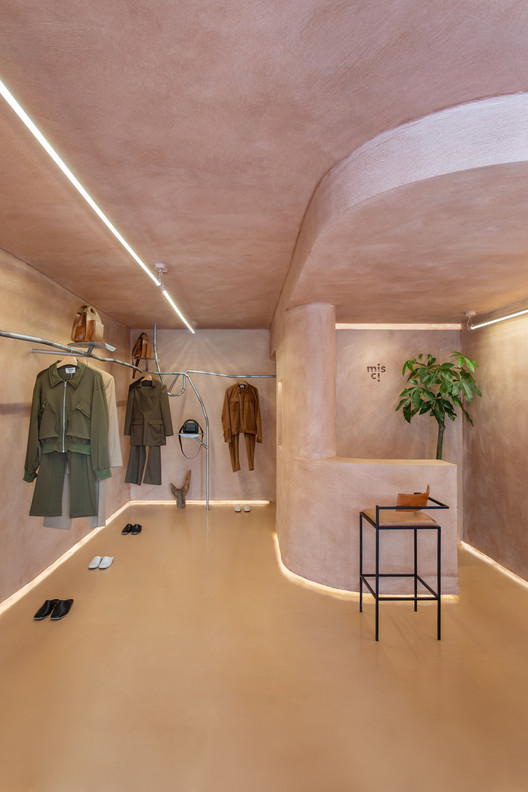“With the acceleration of e-commerce, what will be the future of physical stores?” Think with Google.

In the article “Physical stores and the (re)connection of people and spaces”, we talk about the role of the physical store as a fundamental element for increasing online sales. Studies carried out by some brands clearly show that omnichannel strategies should become part of the strategy and that there is a direct relationship between the increase in online sales in the same region as the physical store.
“Physical stores will not disappear, but they will be transformed. In this context, the future of online stores is directly related to omnichannel (…) Omnichannel retailers will take the lead. Being omnichannel is no longer a differentiator, it is essential”, Think with Google.
The key is having omnichannel or phygital perspectives. Phygital is a new term that has been used to indicate the integration of physical and online experiences. The best medium takes the consumer’s needs into account.
Isabela Capeto + Melissa Exhibition and Experience
The Melissa Gallery at Oscar Freire Street in São Paulo has a new installation that explores the collab between the brand and the stylist Isabela Capeto and her daughter, Chica Capeto.
“To launch this collab, inspired by the PANCs, Studio Vingú proposes an installation/garden overflowing with sinuous shapes and volumes, from the atrium to the interior of the Gallery. Flowers and zodiac signs float over the exhibition space, creating a floral and luminous atmosphere. A green lounge was also placed in the installation, creating an area to experiment the products. The goal is to bring an urban touch, showing that nature and colors always persevere, even in unpredictable scenarios”, Finíssimo platform.
The installation presents elements that were inspired by PANCs (Non-Conventional Food Plants) and by Brazilian flora in general.
“Specialists and research institutes point out that the trend for physical stores is now to change concepts and become a space for experiences, a showroom to attract customers. In fact, before the pandemic, Melissa was already making investments to transform its physical stores into a provider of omnichannel experiences, connected to other mediums, including digital”, Fíníssimo.
Reversal of paths: digital brands invest in physical retail
This is a recurring theme in current days. The content platform FFW carried out research to understand how the market was behaving and interviewed brands that recently presented new addresses.
A study made by the National Confederation of Commerce of Goods, Services and Tourism (CNC) revealed that 75.2 thousand stores had closed their doors in Brazil in 2020.
Even though everything indicates the future of retail in e-commerce, the fashion market witnesses an opposite path: digital brands invested in opening new physical stores and flagships.
Why to invest in a physical store in current times?
“I think the physical store delivers an experience of immersion in the brand’s universe, which complements the online experience”, says Ana Luísa Fernandes, from Aluf.
“The creation of a new store represents the beginning of a new phase, in which we seek to expand our audience’s contact with the collective imagination of our universe. It is the beginning of the slow and hopeful walk back to physical spaces. After a period of introspection, new relationships with the environment are born”, says Marcella Franklin, from Haight.
“Although digital commerce has shown exponential growth in virtually all segments during this period, we believe that this resumption of commerce is now an opportune time for brands to explore what they really are, along with their values, their purposes, and their essence, through purchasing experiences, personalized service, a differentiated environment, connecting with your customers in every way. There is nothing more suitable for this dynamic of experimentation and engagement than a physical store”, says Gustavo Belloc, from Deus Ex Machina.
Therefore, the physical space is seen as an experience for the new way of consuming.
Is there a new role for physical stores at this point?
“The physical space allows for other layers of dialogue, bringing Haight closer to those who speak to the brand, while we understand the new dynamic of reopening the world together”, Marcella Franklin, from Haight.
“It is not a store, it is an experience”, says Airon Martin, from Misci.
“More than ever, we are talking about experience stores, which is much more than just another physical store”, Ana Luísa Fernandes, from Aluf.
#LojasFísicas #Pandemia #Covid-19 #LojasFísicasPósPandemia #Varejo #VarejoFísico #Omnichannel #Melissa #Isabela Capeto #Chica Capeto #Think with Google #Haight #Misci #Aluf #Deus Ex Machina #FFW #Finíssimo










